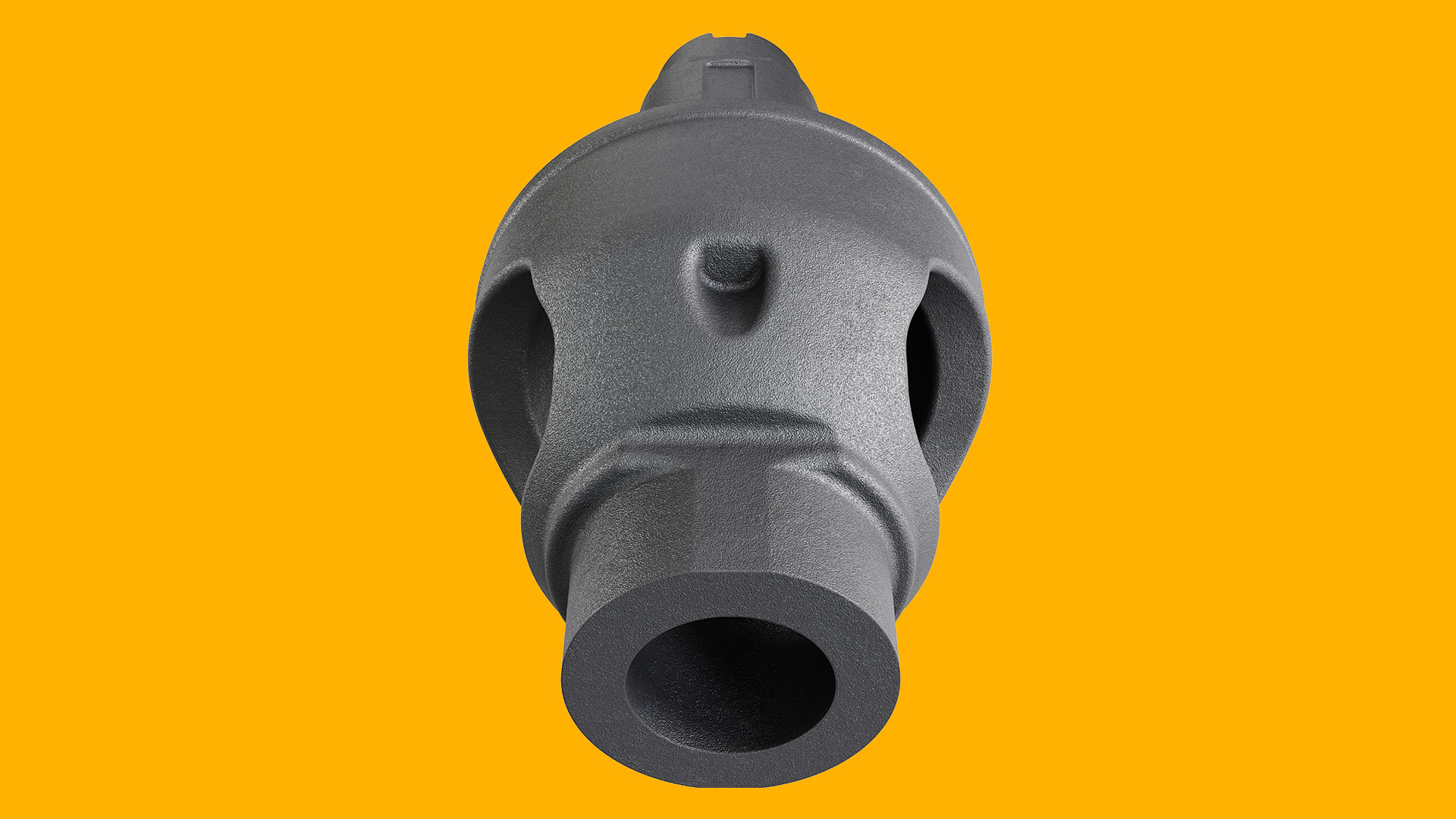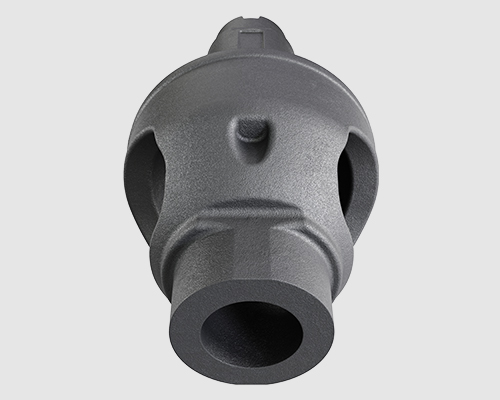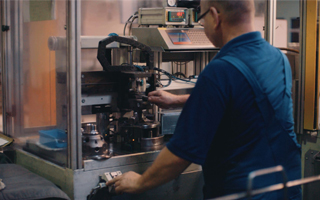DIY Differential Case Maintenance: Step-by-Step Guide
30th July 2024
Maintaining your truck's differential case is essential for ensuring performance, reliability, and longevity. While professional maintenance is always an option, performing the maintenance yourself can save time and money. This step-by-step guide will help you conduct DIY differential case maintenance with confidence.
Understanding the Differential Case
The differential case is a critical component of your truck's drivetrain, housing the gears that allow the wheels to rotate at different speeds while maintaining power distribution. Proper maintenance ensures these gears operate smoothly, preventing damage and ensuring optimal performance.
Tools and Materials
Before starting, gather the necessary tools and materials:
- Jack and jack stands
- Wheel chocks
- Wrenches and socket set
- Drain pan
- Differential fluid
- Clean rags or towels
- Gasket scraper
- New gasket or gasket sealant
- Torque wrench
- Safety gloves and glasses
Step 1: Prepare Your Truck
Start by ensuring your truck is parked on a flat, stable surface. Engage the parking brake and place wheel chocks behind the wheels to prevent rolling. Wear safety gloves and glasses to protect yourself during the maintenance process.

Step 2: Lift and Secure the Truck
Use a jack to lift the rear of the truck and place it securely on jack stands. Ensure the truck is stable before proceeding. Never work under a vehicle supported only by a jack.
Step 3: Locate the Differential Case
The differential case is located at the rear axle. Clean the area around the differential cover to prevent dirt and debris from entering the case when it is opened.
Step 4: Drain the Differential Fluid
Place a drain pan under the differential case to catch the old fluid. Use a wrench or socket set to remove the bolts securing the differential cover. Carefully pry the cover off, allowing the fluid to drain completely into the pan. Be careful as the fluid may still be hot.
Step 5: Inspect the Differential Components
With the differential cover removed, inspect the gears, bearings, and other components for signs of wear or damage. Look for metal shavings or debris in the fluid, which can indicate internal damage. If you notice any significant issues, it may be best to consult a professional.
Step 6: Clean the Differential Case
Thoroughly clean the inside of the differential case with a clean rag or towel. Remove any old gasket material from the mating surfaces using a gasket scraper. Ensure the surfaces are clean and smooth to create a proper seal with the new gasket.
Step 7: Replace the Gasket
If using a pre-made gasket, align it with the bolt holes on the differential cover. Alternatively, apply gasket sealant to the mating surface of the cover. Carefully position the cover back onto the differential case, ensuring a proper fit and seal.

Step 8: Reinstall the Differential Cover
Secure the differential cover with the bolts removed earlier. Use a torque wrench to tighten the bolts to the manufacturer's specified torque settings. This ensures a proper seal and prevents leaks.
Step 9: Refill the Differential Fluid
Locate the fill plug on the differential case, usually positioned higher than the drain plug. Remove the fill plug and use a pump to add new differential fluid. Fill until the fluid starts to slightly overflow from the fill hole, indicating the case is full. Replace and tighten the fill plug securely.
Step 10: Lower the Truck
Carefully lower the truck from the jack stands using the jack. Remove the wheel chocks and ensure the truck is stable on the ground.
Step 11: Test Drive
Take your truck for a test drive to ensure everything is functioning correctly. Listen for any unusual noises and check for fluid leaks. If everything appears normal, your DIY differential case maintenance is complete.
Regular Maintenance Tips
Performing regular maintenance on your differential case can prevent major issues and extend the life of your truck. Here are some additional tips:
Monitor Fluid Levels: Regularly check the differential fluid levels and top up as necessary. Low fluid levels can cause overheating and damage to the gears.
Inspect for Leaks: Periodically inspect the differential case for signs of fluid leaks. Address any leaks promptly to prevent fluid loss and potential damage.
Listen for Unusual Noises: Pay attention to any unusual noises coming from the rear of your truck. Grinding, whining, or clunking sounds can indicate issues that need immediate attention.
Schedule Professional Inspections: Even with regular DIY maintenance, it's a good idea to have your differential case professionally inspected at regular intervals. A mechanic can identify potential issues that may not be visible to the untrained eye.
DIY differential case maintenance is a great skill that can save you time and money while ensuring the performance and longevity of your truck. By following this step-by-step guide and sticking to regular maintenance practices, you can keep your differential case in optimal condition. Remember, if you encounter significant issues or feel uncertain about any step, consulting a professional mechanic is always a wise choice.








